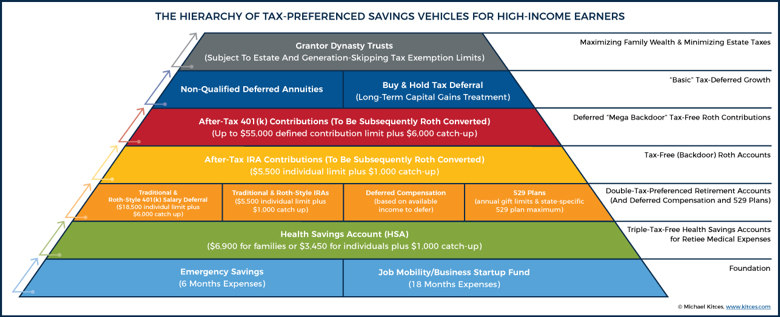
Stop me if you’ve heard this before, college is expensive. For the second year in a row, rates on federal student loans for students attending college in the fall of 2018 are rising by 0.60%. This is a result of the rise in 10-year Treasury note rates. This rate increase wont effect loans made on or before June 30, 2018. Of course, this only applies to federal loans.
For current students, new loan payments will be slightly higher – to the tune of about two or three dollars per month. However, the bigger hit comes for students enrolling for the first time in the fall. With the combination of rising interest rates and the cost of college sky rocketing every year, repayment of these loans can feel daunting. We are likely to see consistent rate hikes for the foreseeable future which will serve to be a bigger burden down the road.
These rate hikes stress the importance of reducing your need for loans, if possible. Saving as early as you can is an easy way to do this. Simply put, the more you have saved, the less you will need to borrow for education. Filling out the Free Application for Federal Student Aid (FAFSA) and applying for as many scholarships and grants as you qualify for is a great starting point.
Before applying for loans, you should always know how much you need to borrow, there are numerous student loan affordability calculators available online that can give you a sense of what you need and what you can afford. Bear in mind that you may qualify for more than you need, so fighting the temptation of a little extra spending money (at 6.60% interest) is key.
At any rate it is important to understand key information when signing into a loan. Education costs are steadily rising, and interest rates seem to be headed in the same direction. With a responsible payoff strategy and a little bit of hard work, you can start chipping away at that debt in no time.
Josh Bitel is a Client Service Associate at Center for Financial Planning, Inc.®
The foregoing information has been obtained from sources considered to be reliable, but we do not guarantee that it is accurate or complete, it is not a statement of all available data necessary for making an investment decision, and it does not constitute a recommendation. Any opinions are those of Josh Bitel and not necessarily those of Raymond James.


















